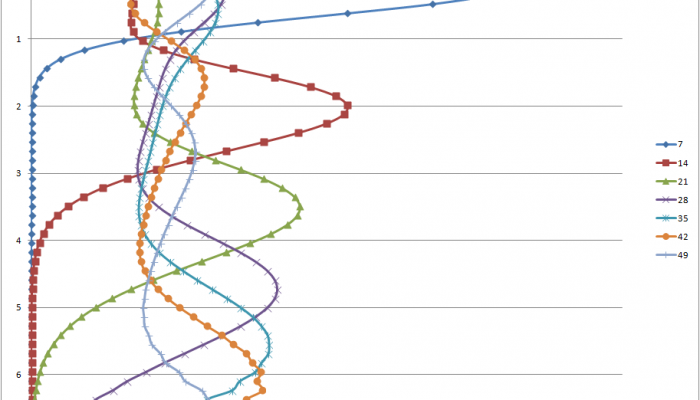I’d like to inaugurate a new series of posts, that will pop up on a semi-regular basis, namely, whenever I feel like it. Since day 1 of this blog, even way back in my pre-EGU days, I have tried to encourage participation from readers. To date, the only way for you to engage with me is to comment. However, in reality, not that many people are so moved that they feel like responding directly. Certainly, the proportion of readers to commenters is easily around 100:1, if not more when you take comments from family members out (haha, kidding).

Therefore, to try and encourage involvement and hopefully even spur some discussion from time to time I’ll be posting a poll every so often. The plan is that I’ll write the question. It could be serious or humorous or even a bit of both. Question and answer suggestions are very welcome. I’ll also post a variety of answers that ideally will cover a range of opinions. Hopefully, with these informal opinion polls we can generate some interesting discussions and see how people feel about issues that geologists care about. The first test of the poll system a few weeks ago in my post about vadose zone modelling generated over 30 responses, so I am going to call that a success and continue polling.
This weeks poll to kick things off concerns a topic that every geoscientist should have an opinion on. Namely, what key items are necessary for a good geology education? My personal undergrad geology experience included almost all of these things and certainly lots of number 3. However, that does not mean they are truly integral to producing a geologist. Indeed, what could be dropped from a geoscience education without compromising the quality of education and what could not?
[polldaddy poll=”7973562″]
Just a minor note, click the “view results” button on the poll to see how everyone is voting, and if you would like to add a response you can do so in the “other” box or in the comment section to start some more in depth discussion on the topic.
Happy opining!
Matt






